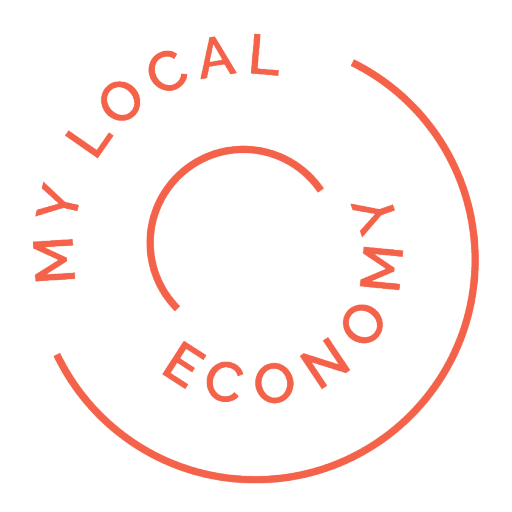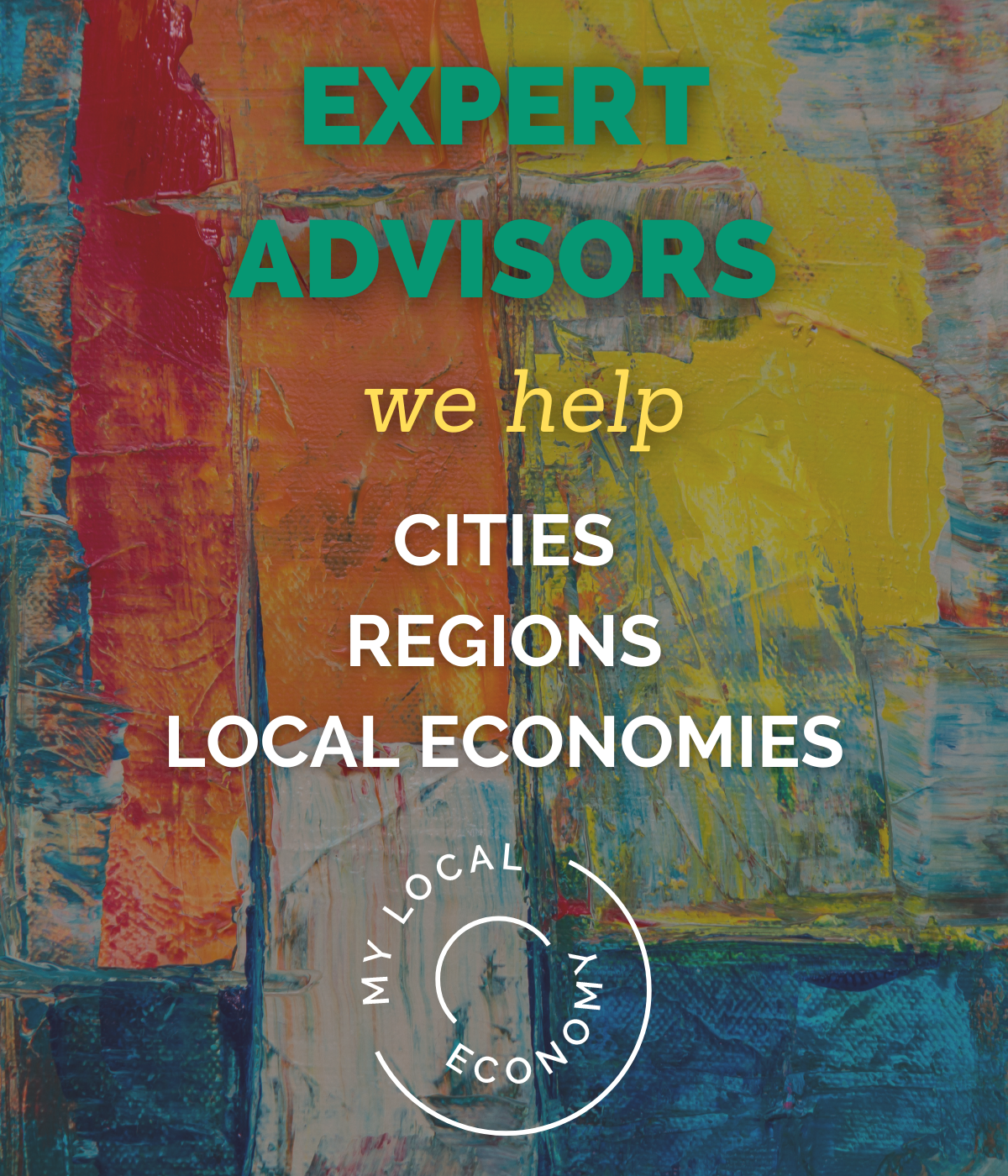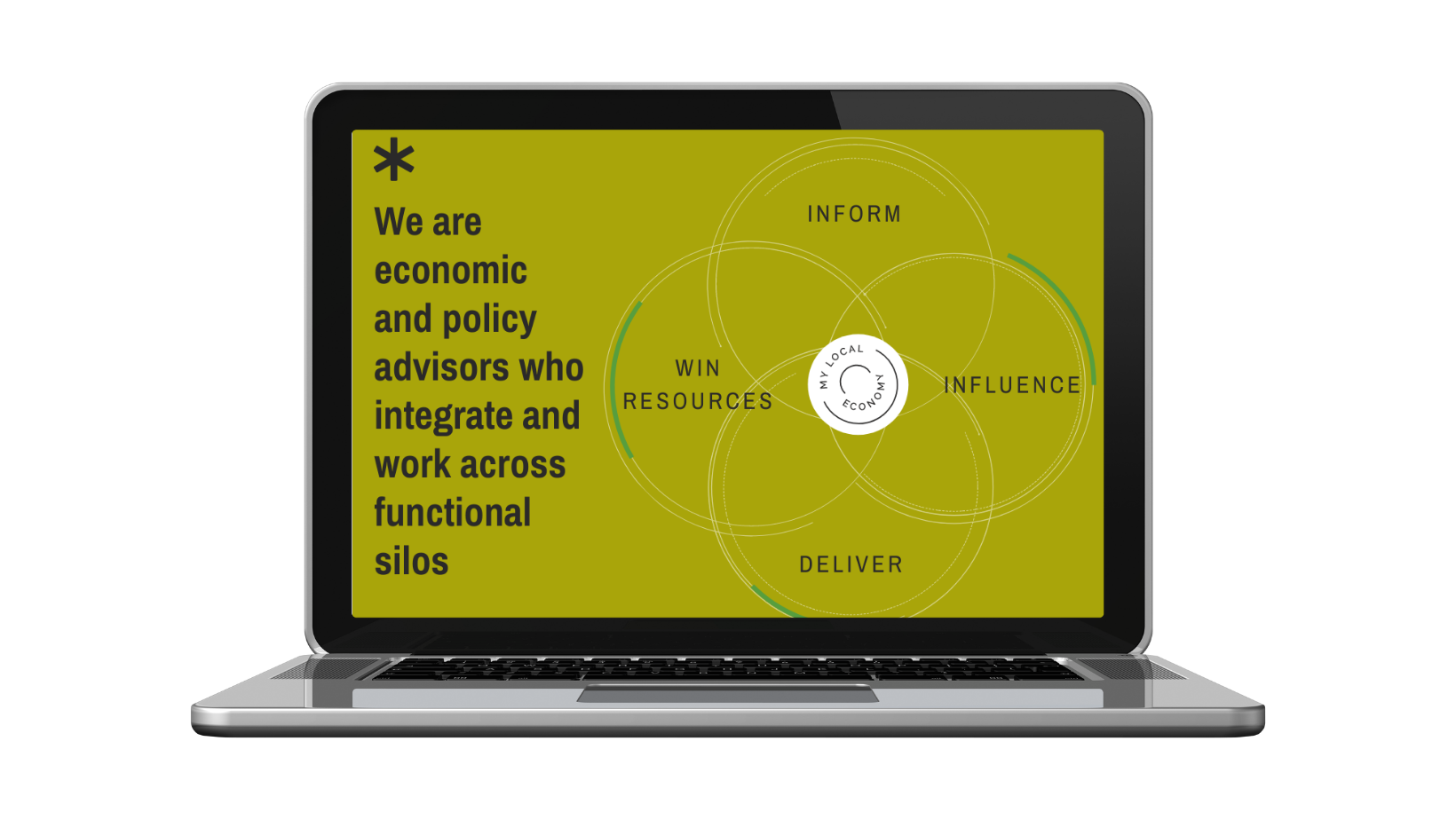
As part of a series of international case studies for the London-Stansted-Cambridge Corridor Growth Commission, that we have been working on, we have looked at some of the lessons from Boston – Route 128.
Through these case studies we hope to learn what might drive further growth and prosperity in the London-Stansted-Cambridge Corridor and understand what kinds of priorities and actions might be sensible to consider as a basis for collaboration going forward. You can download the full case study report here.
The Boston / Route 128 / Route 495 area is one of the leading high-tech areas in the world. Known for its leading universities (there are 114 colleges and universities in Massachusetts, including Harvard and MIT), it has the second largest concentration of venture capital companies in the United States. Worth over $360 billion, the Greater Boston metropolitan area has the sixth-largest economy in the US and 12th-largest in the world.
Technology and innovation leadership has been built up over 100 years, and has proved adaptable to changes in market preferences and industrial trends. Boston has a world-class set of research institutions, pushing the frontiers of knowledge in a variety of fields including cancer research, cloud storage, robotics, and nanotechnology. Its eight research universities are all less than 10 miles from downtown Boston.
Diversity, entrepreneurship and innovation – backed by capital. What constitutes ‘high tech’ has grown more diverse throughout the region. Research, development, and manufacturing related to biotechnology, pharmaceuticals, and medical equipment has grown. Internet-related companies are also well represented. Crucially, the region remains a vital and active source of innovation and start-ups. Massachusetts ranks first amongst U.S. states for venture capital investment as a percentage of Gross State Product.
Boston is emerging as a leading global innovation biotechnology cluster. The Boston area boasts nearly 30,000 scientists and other workers directly involved in biotechnology, pharmaceutical and clinical research – the highest concentration of life-science research workers in the U.S., according to the U.S. Bureau of Labor Statistics.
Boston has been a financial services centre for more than 300 years, and as a result there is a plentiful supply of venture capital, with both the city’s technology and biotechnology clusters benefiting from strong links to investors. This ability to commercialise scientific ideas and research has been the city’s biggest advantage in biotechnology and life sciences.
Metro- and regional – level strategy, planning and delivery. There is significant collaboration in the provision of infrastructure, land and area-based initiatives such as Innovation Districts. Economic development is integrated with land-use planning. Although there are many challenges of growth (such as income inequality, ageing transport infrastructure, housing shortages and workforce development) – the integrated regional approach means that Boston/Route 128 are better placed than most to understand and plan for them.
Lessons for the London-Stansted-Cambridge Corridor
Technology and innovation leadership has been built up over 100 years, and has proved adaptable to changes in market preferences and industrial trends. Boston has a world-class set of research institutions, pushing the frontiers of knowledge in a variety of fields including cancer research, cloud storage, robotics, and nanotechnology. Eight research universities – Boston College, Boston University, Brandeis, Harvard, MIT, Northeastern, Tufts and the University of Massachusetts Boston – are all less than 10 miles from downtown Boston. The city is also home to four medical schools and 16 teaching hospitals. These permanent institutions attract a wide range of talent, employ thousands of people and provide a significant source of local investment.
The Boston – Route 128 case study highlights the importance of adaptability, built on the solid foundations of a century of science and innovation, coupled with a vibrant environment for entrepreneurial activities and risk capital
Route 128 provided infrastructure and room for growth. The Route 128 highway around Boston provided the transportation infrastructure to support economic growth as well as access to land. In terms of timing, this came on-stream just as new industries driven by science and technology were seeking space for development.
Flexibility learnt from the hard lessons of industrial restructuring. Boston/Route 128 has gone through two major restructurings: 1) the decline of microcomputing, defence contracts and finance from the 1970s to the 1980s then the 1990s recession; and 2) the recession in 2000-03 and the end of the dot.com industry bubble.
Success due to diversity as well as technological leadership. What constitutes ‘high tech’ has grown more diverse throughout the region. Research, development, and manufacturing related to biotechnology, pharmaceuticals, and medical equipment has grown. Internet-related companies are also well represented. Crucially, the region remains a vital and active source of innovation and start-ups.
Entrepreneurship and business finance for taking technological innovations successfully to the market. The Greater Boston venture capital (VC) community continues to be among the nation’s leaders in financing investment in high tech firms.
Metro- and regional – level strategy, planning and delivery. There is significant collaboration in the provision of infrastructure, land and area-based initiatives such as Innovation Districts. Economic development is integrated with land-use planning.
The strategy of re-configuring undervalued and underused land assets has paid off – with the initiative to transform 1,000 acres of the South Boston waterfront into the Innovation District – an urban environment that fosters innovation, collaboration, and entrepreneurship.
The challenges of growth remain apparent – and they include income inequality, ageing transport infrastructure, housing shortages and workforce development.
All four of the international case studies of successful technology and knowledge-based regions done for the LSC Growth Commission to date suggest that managing growth in terms of infrastructure, room for business growth, and housing is a massive challenge – particularly as global talent becomes more demanding and footloose in terms of wanting the best quality of life, cultural offers, and work experiences



